butternut squash 'accidentally' picked too soon
michelelc
14 years ago
Featured Answer
Sort by:Oldest
Comments (29)
denninmi
14 years agoRelated Professionals
Barrington Hills Landscape Architects & Landscape Designers · Fort Lee Landscape Architects & Landscape Designers · Glen Ellyn Landscape Architects & Landscape Designers · West Chester Landscape Architects & Landscape Designers · White Oak Landscape Architects & Landscape Designers · Bedford Heights Landscape Contractors · Bowie Landscape Contractors · Edwardsville Landscape Contractors · El Sobrante Landscape Contractors · Mason Landscape Contractors · Rancho Santa Margarita Landscape Contractors · West Covina Landscape Contractors · Wickliffe Landscape Contractors · Quartz Hill Landscape Contractors · South Lyon Driveway Installation & Maintenancetcstoehr
14 years agotedposey
14 years agoLuke
7 months agoLuke
7 months agolast modified: 7 months agoDonald V Zone 6 north Ohio
7 months agoLuke
7 months agolast modified: 7 months agoLuke
7 months agodaninthedirt (USDA 9a, HZ9, CentTX, Sunset z30, Cfa)
7 months agolast modified: 7 months agoLuke
7 months agolast modified: 7 months agoLuke
7 months agodaninthedirt (USDA 9a, HZ9, CentTX, Sunset z30, Cfa)
7 months agolast modified: 7 months agoLuke
7 months agodaninthedirt (USDA 9a, HZ9, CentTX, Sunset z30, Cfa)
7 months agolast modified: 7 months agodaninthedirt (USDA 9a, HZ9, CentTX, Sunset z30, Cfa)
7 months agolast modified: 7 months agoLuke
6 months agomarmiegard_z7b
6 months agodaninthedirt (USDA 9a, HZ9, CentTX, Sunset z30, Cfa)
6 months agolast modified: 6 months agoprairiemoon2 z6b MA
6 months agolast modified: 6 months agoprairiemoon2 z6b MA
6 months agovgkg Z-7 Va
6 months agoprairiemoon2 z6b MA
6 months agoLuke
6 months agolast modified: 6 months agoHU-237540553
2 months ago
Related Stories

EDIBLE GARDENSSummer Crops: How to Grow Squash
Almost foolproof and with cheerful flowers, squash comes in a wide range of varieties to plant in spring
Full Story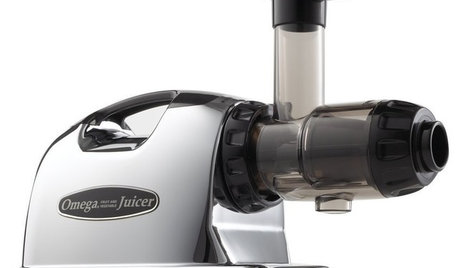
PRODUCT PICKSGuest Picks: Get Juicing
Stay hydrated and healthy with these tools and accessories for juicing fruits and vegetables right at home
Full Story
COLOR4 Hot Color Trends to Consider for 2013
Bring some zing to your rooms for the new year, with high-energy shades that open the eyes and awaken the spirit
Full Story
KITCHEN DESIGN15 Farmhouse Kitchens That Made Us Swoon This Month
Raw wood, natural light, shiplap siding — we just couldn’t get enough of these farmhouse-style kitchens uploaded to Houzz in January
Full Story
HOUSEKEEPING20 Things You Might Be Forgetting to Spring-Clean
Clean these often-neglected areas and your house will look and feel better
Full Story
FUN HOUZZHouzz Call: What’s on Your Refrigerator?
Magnets, menus, children’s art, coupons, perfect-attendance certificates, song lyrics — what is fridge-worthy in your house?
Full Story
EDIBLE GARDENSHouzz Call: What Did You Grow This Summer?
Let’s celebrate the homegrown fruits and vegetables of the season. Post your pictures and tell us about your harvest
Full Story
GARDENING AND LANDSCAPINGWorld of Design: 10 Home Gardeners Show Us Their Sweet Summer Harvests
From New York to Tokyo, these gardeners have turned their yards, terraces and rooftops into places of bounty
Full Story
KITCHEN DESIGNA Cook’s 6 Tips for Buying Kitchen Appliances
An avid home chef answers tricky questions about choosing the right oven, stovetop, vent hood and more
Full Story
KITCHEN DESIGNWhat Goes With Granite Counters?
Coordinate your kitchen finishes beautifully by choosing colors that complement granite’s natural tones
Full StorySponsored
More Discussions






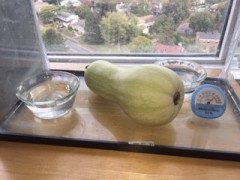
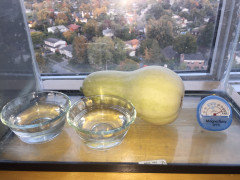
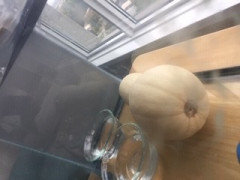
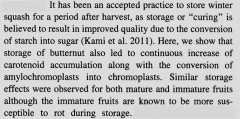
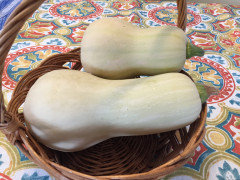
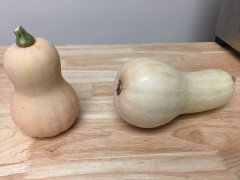
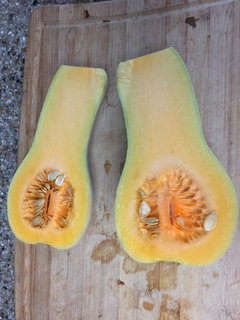
naturegirl_2007 5B SW Michigan